In the summer of 2019, Arsenal signed a young forward and many were surprised with the sum they paid for a player who played in the Brazilian 4th tier for Ituano. It mostly takes time for young South Americans to adapt to England, but Gabriel Martinelli adapted quickly and impressed fans with some excellent performances since his arrival at Arsenal. Even Jurgen Klopp labelled him as a ‘’talent of the century’’ after his fine display against Liverpool in the Carabao Cup.
This scout report will focus on Martinelli’s strengths and weaknesses. Through this tactical analysis, we will try to point out the finer details in Martinelli’s playing style which will help us understand him better as a player. We will also use data analysis to compare him to the other players in the Arsenal squad, and we will also mention how he fits into Mikel Arteta’s tactics and what he can bring to the team now after he has recovered from his knee injury.
Player overview
Gabriel Martinelli is a right-footed Brazilian forward who was born in 2001, one year before his country won their last World Cup where his idol Ronaldo was the top scorer of the competition with eight goals. Because of his directness with the ball at his feet, he is often compared to Ronaldo who liked to take on defenders using his pace and dribbling. Martinelli is versatile and can play as a centre-forward and also on both wings.
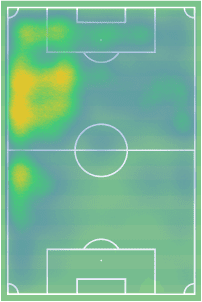
As we can see on his heatmap, Arsenal mostly used him on the left-wing. What is important to see on the heatmap is that frequency of actions in his own half, and further in this analysis, we will mention his high defensive work-rate. Martinelli possesses an impressive combination of pace and stamina which is supported by his work rate, determination and aggression. Those qualities are something that every scout in the world looks to find when it comes to physical and mental attributes. Through the next sections, we will make a more detailed analysis on his qualities.
Attacking
In this section, we will take a look at Martinelli’s attacking qualities. We will consider his movement, creation and link-up play to be able to determine how he makes an impact on the pitch. The first thing we want to evaluate is his off the ball movement to see how he gets into good positions and how he creates space for himself.
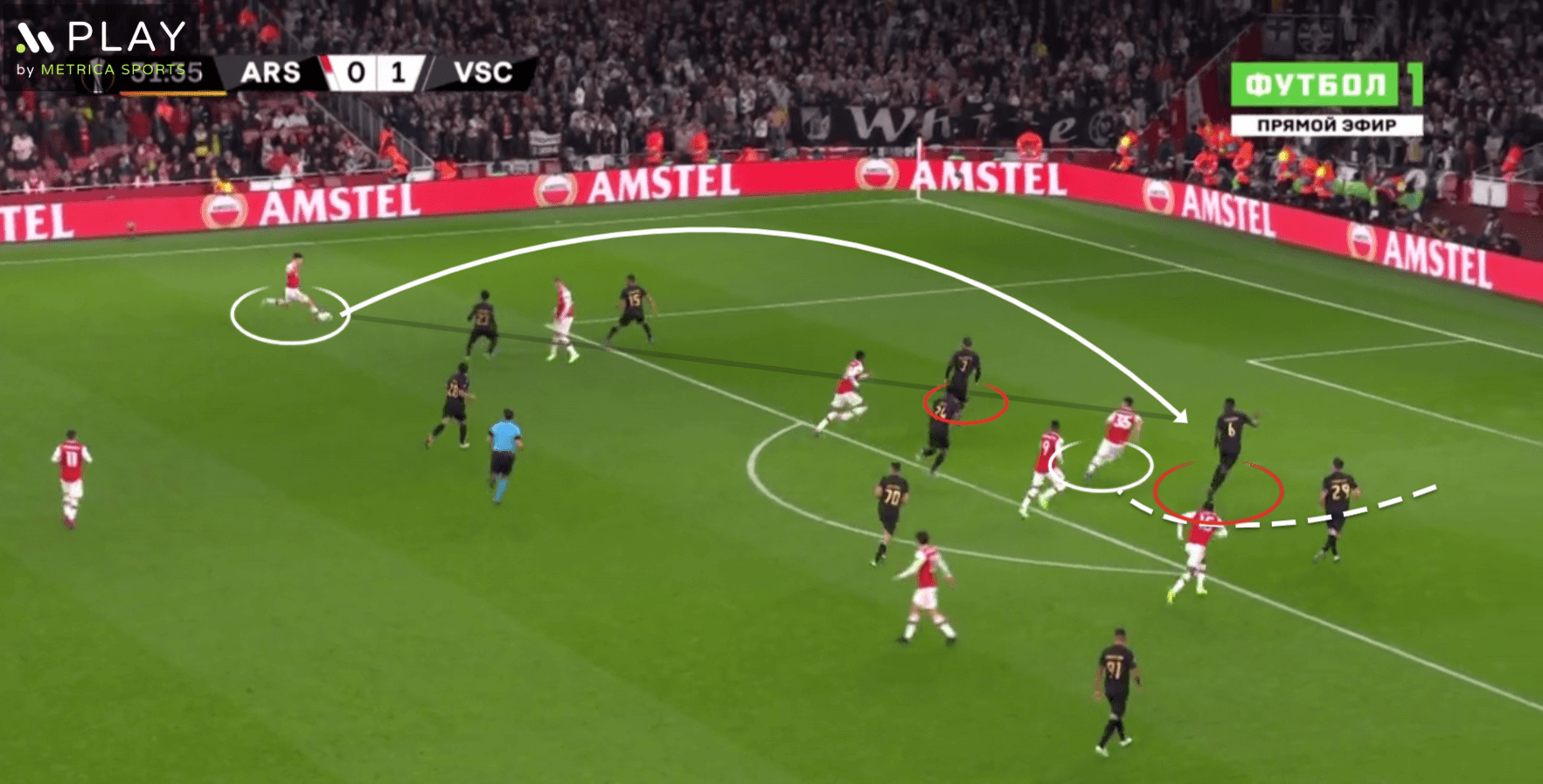
In the first image, we can see a situation where left-back Tierney is in a crossing position. Moments before this frame Martinelli was in an offside position after an unsuccessful run behind, but Arsenal regained the deflected ball and he reacted quickly to move onside by making a curved run between the two centre-backs into the open space.
For Martinelli the near post area is an area from where he is often quite dangerous, he is always trying to get into that spot, and his acceleration and agility helps him to be a step ahead of his marker. His heading ability is very good even though he is not tall, and most of his headers come from his runs at the near post crosses rather than jumping to head the ball. Martinelli powers headers by meeting the ball at pace which is hard to defend against, because defenders can’t get in front of him in these situations on the near post. Another example is shown in the next image, showing the timing of his run to anticipate the cut-back.
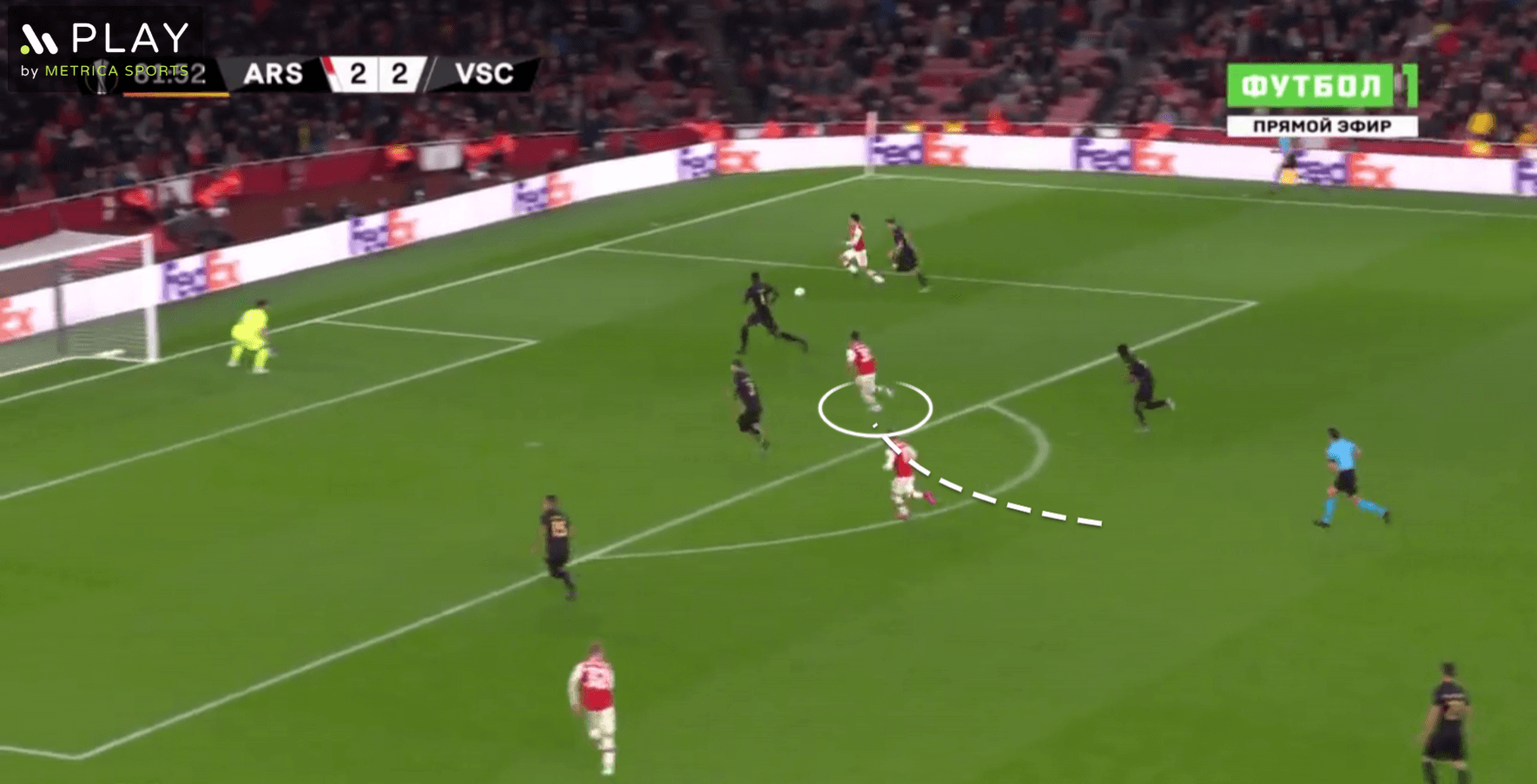
In this situation, the ball is played between the left-back and left centre-back towards the Arsenal player on the right side. Martinelli makes a direct run towards the goal before slightly slowing down and separating himself from the opponent creating enough space for him to receive the cut-back pass from his teammate in a promising situation. This is something that Martinelli often does, especially when he plays as a winger, when the full-back on his side makes an overlapping run, he drifts towards the area around the penalty spot anticipating a cross or cut-back pass. He positions his body to be able to attempt first-time shots with the inside of his foot. Martinelli rarely shoots with power and most of the time attempts placed shots trying to hit the corner of the net.
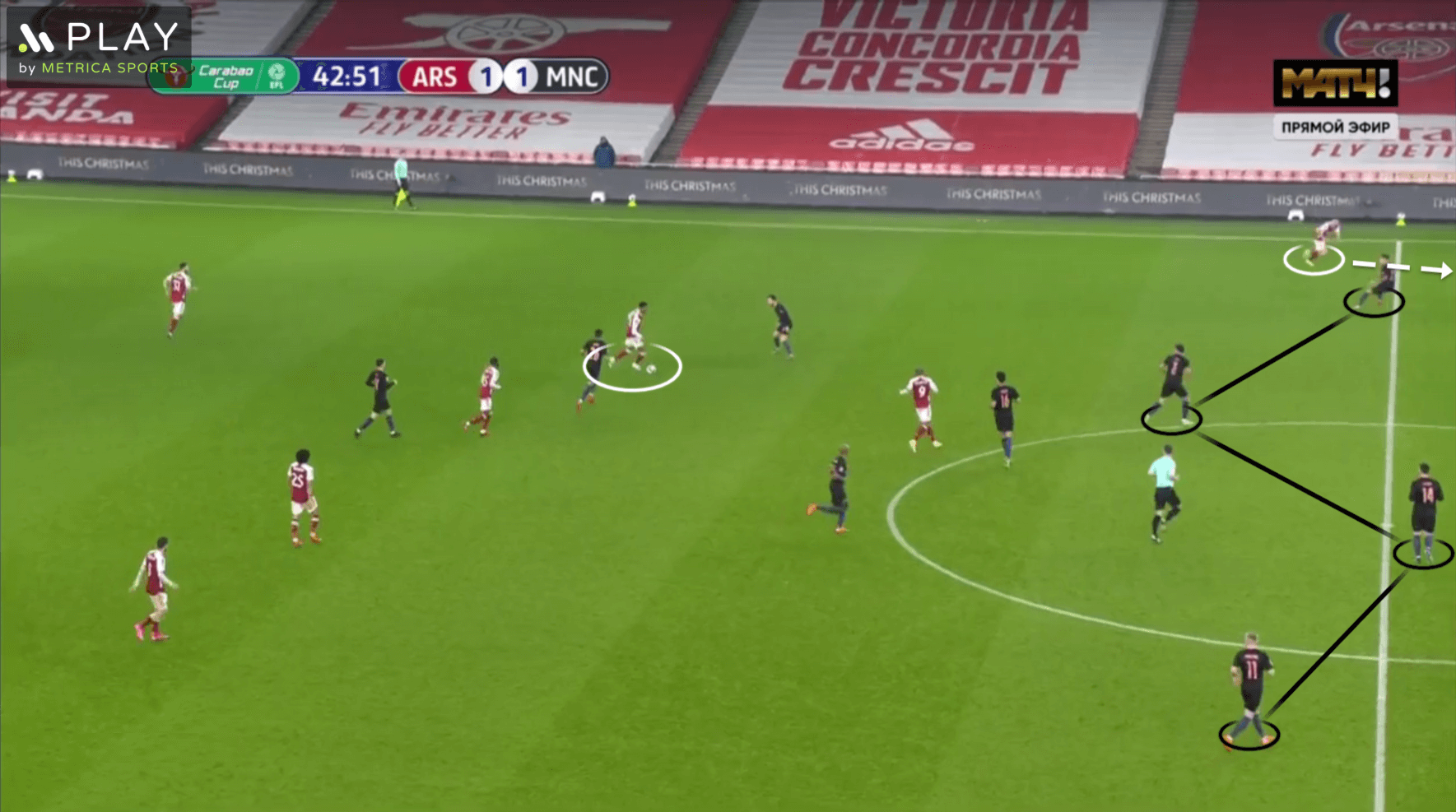
This example shows how Martinelli can stretch the defence and use his pace to exploit the space behind. In the moment Arsenal regained possession Martinelli times his run perfectly allowing his teammate enough time to see him and attempt the pass between the right-back and right centre-back. Martinelli’s reading of the game can be valuable in counter-attacks and his pace can give his team the edge in those situations.
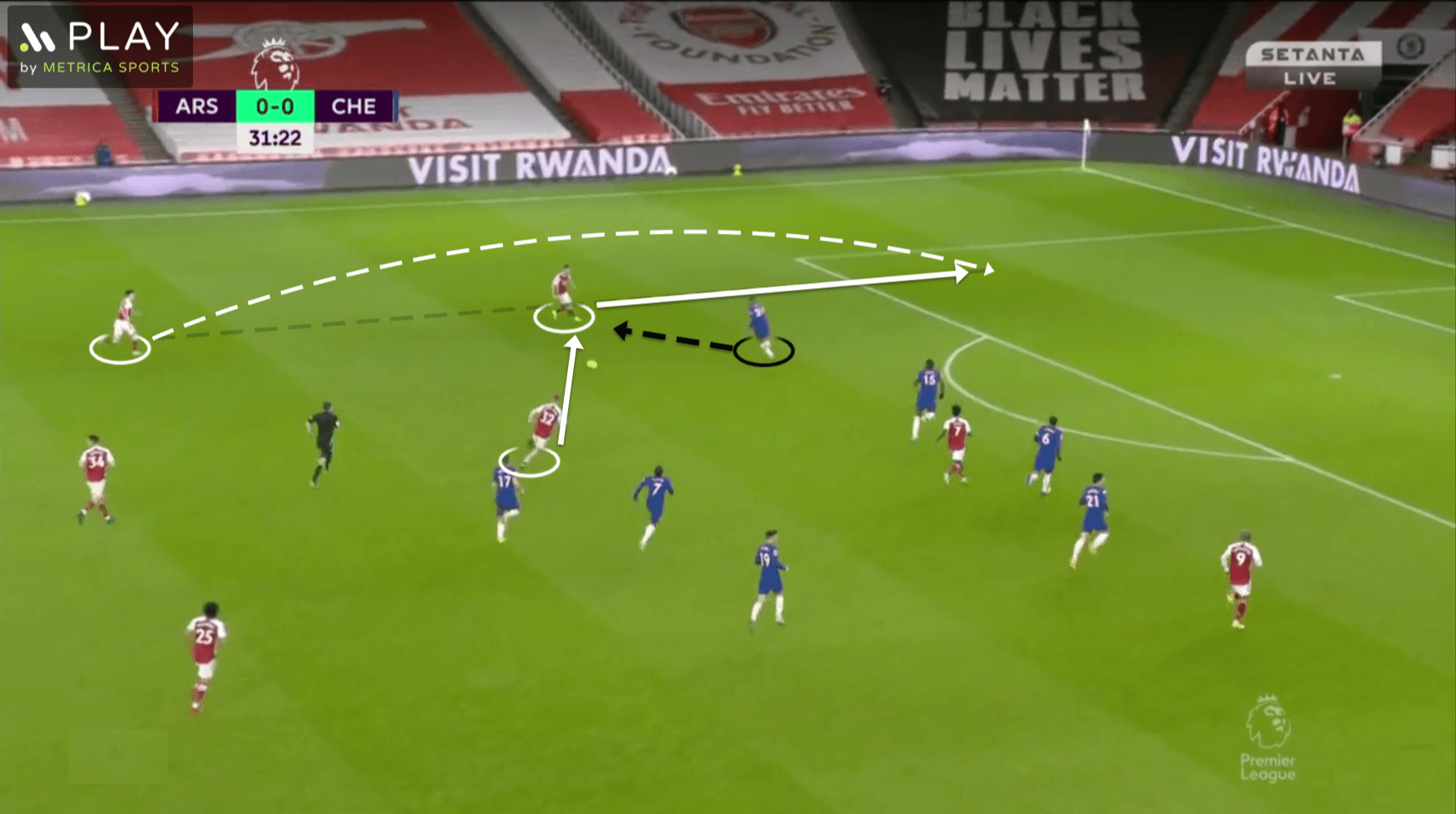
In the next example is a situation which happens often when Martinelli plays at left-wing. Martinelli combines fantastically well with the Arsenal full-backs; last season he showed great chemistry with Bukayo Saka, but he also co-operated well with Tierney in a few matches together on the pitch. In this specific situation, Smith-Rowe passes the ball towards Martinelli who is positioned in the half-space. In the moment when the pass is attempted towards Martinelli, the Chelsea full-back Reece James makes a move towards him to close him down. Martinelli doesn’t rush into dribbling or cutting inside, but rather waits for Tierney who makes an overlapping run from deep.
Martinelli does well in 2v1 situations, draws the opponent by his movement and passes a through ball for the full-back. He is aware that it can lead to a chance for him because he continues his run into the penalty area opening himself for cut-back pass like we saw in the few examples above.
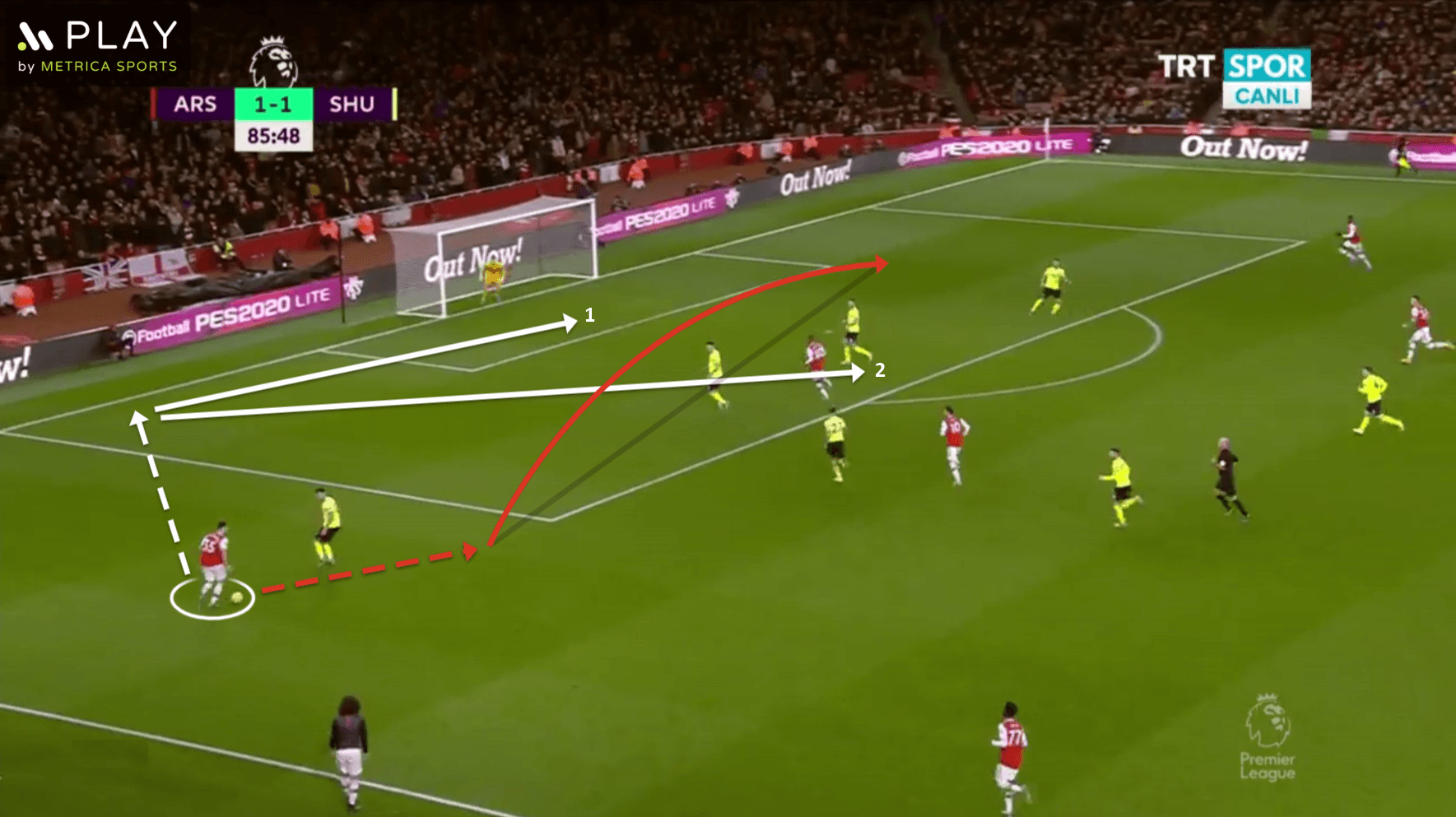
When it comes to crossing Martinelli shows a slight pattern where he aims his crosses. If he decides to go on his left foot, he uses his pace to bypass the opponent and then attempts to cross near the corner line. When in that position he looks to play a low cross through the six-yard-box or if there is an open teammate he tries to find him with a cut-back pass. He mostly looks to attempt ground passes with his left foot and he has the ability to find his target with those passes. Martinelli creates space to cross with close ball control before adjusting himself on his right foot. When he makes that move he has a tendency to aim for the far post. It seems like Martinelli is aiming at positions where he would move if somebody else is crossing, which makes sense for him because he often gets to the right spots.
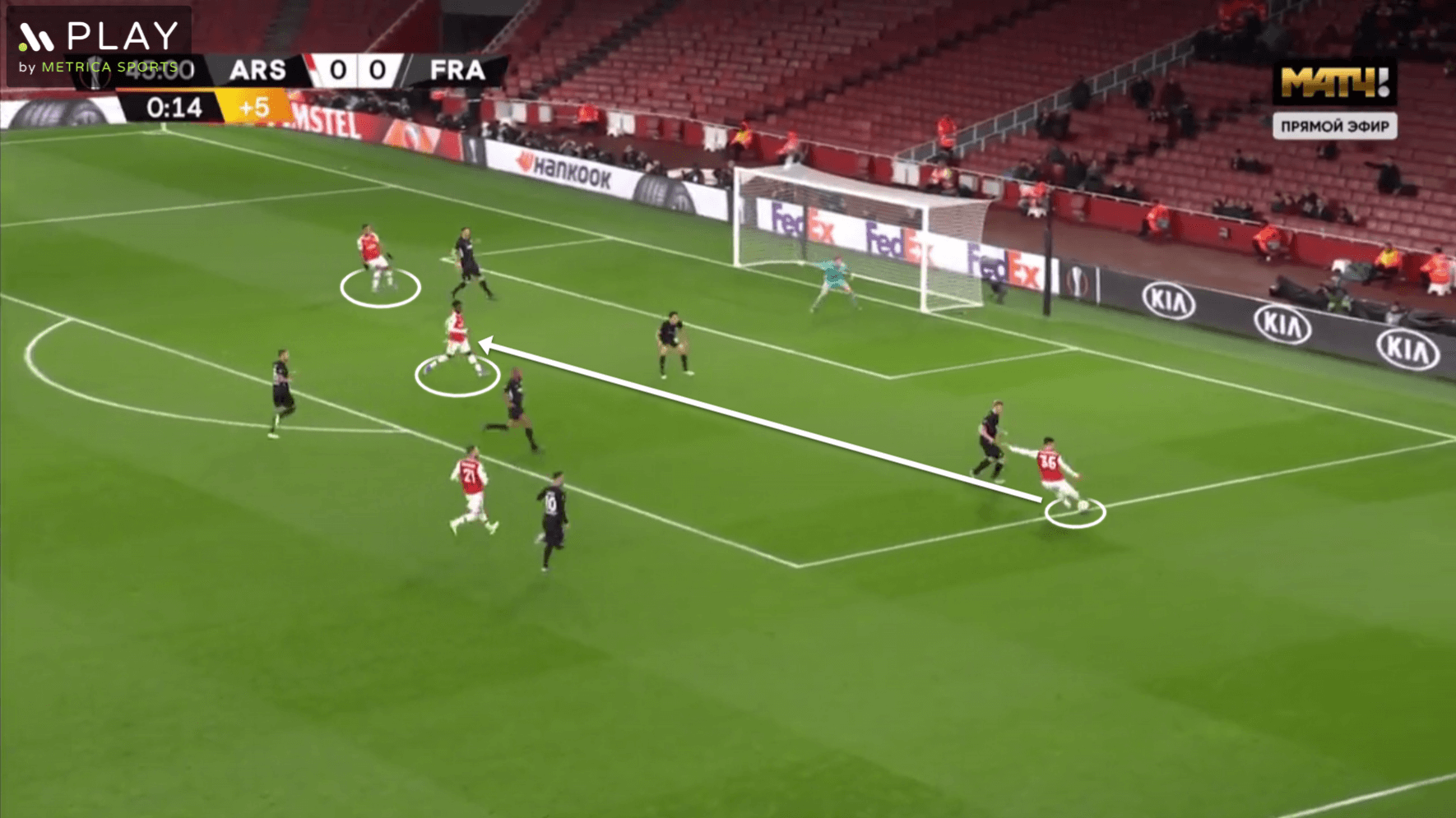
Here is another example of his chance creation. Martinelli gets to the edge of the box and recognises that both of his teammates could hardly get first on the ball into the six-yard-box before the opponents who are focused on that area. He saw Saka unmarked on the penalty spot and attempted a low hard pass towards him. The defender disrupted Saka, but Aubameyang managed to receive that pass and score a goal. Martinelli looks at where his teammates are before crossing which is a really important attribute, many wingers cross just to cross which rarely produces chances. Martinelli rarely plays on the right-wing, but this season we could see him more in this position as well.
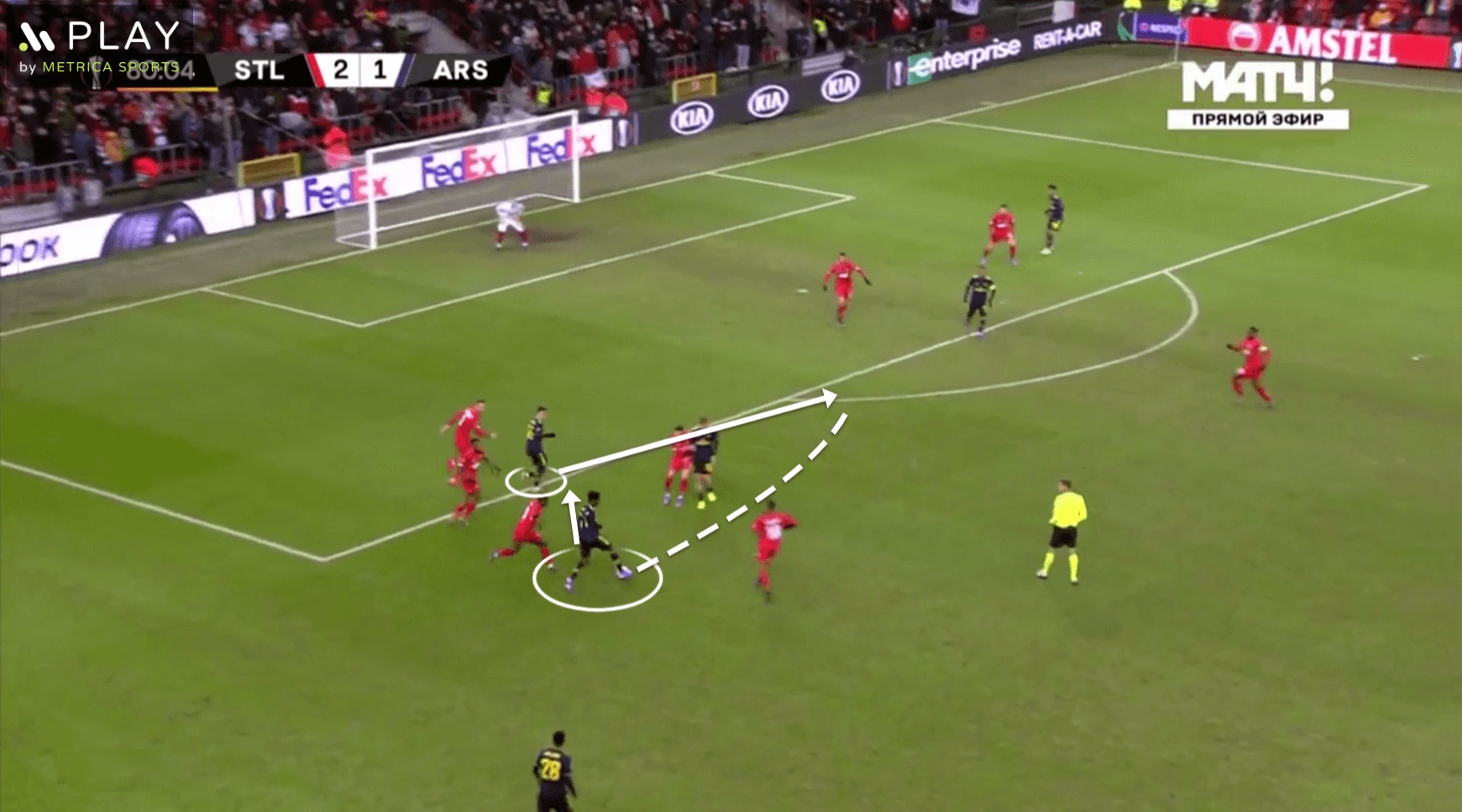
The last situation we will analyse in this section is his link-up play and cooperation when he is a receiver of the ball. In this situation, his body is positioned laterally because he moved from out wide towards the middle and found enough space to receive the ball into his feet. Saka passed the ball towards him and he recognised Saka’s run between the opponent players, playing a one-two with him. Martinelli is in a great position to decide to move with the ball or pass the ball. We already mentioned his chemistry with Saka and they cooperate very well in those situations. We can also see if Saka made a pass into the penalty area, Martinelli would be first on the ball which just points out how he positioned himself well.
We have written a detailed analysis of the offensive skill set Martinelli possesses. His recovery offers Arsenal another dimension which they were lacking this season – directness and creativity. He is dangerous in 1v1 situations and tends to move towards the opposition goal on and off the ball. Martinelli demands the ball from his teammate and his stamina allows him to threaten the opponent each time he has the ball.
Defending
In this section, we will conduct an analysis of Martinelli’s defensive qualities. Martinelli showed some quality offensive performances for Arsenal, but what is astounding is his defensive contribution when he plays on the wing. We have already mentioned his physical qualities and work rate which are on point when it comes to defending. However, the first situation we will discuss is his positioning in the opponent’s build-up.
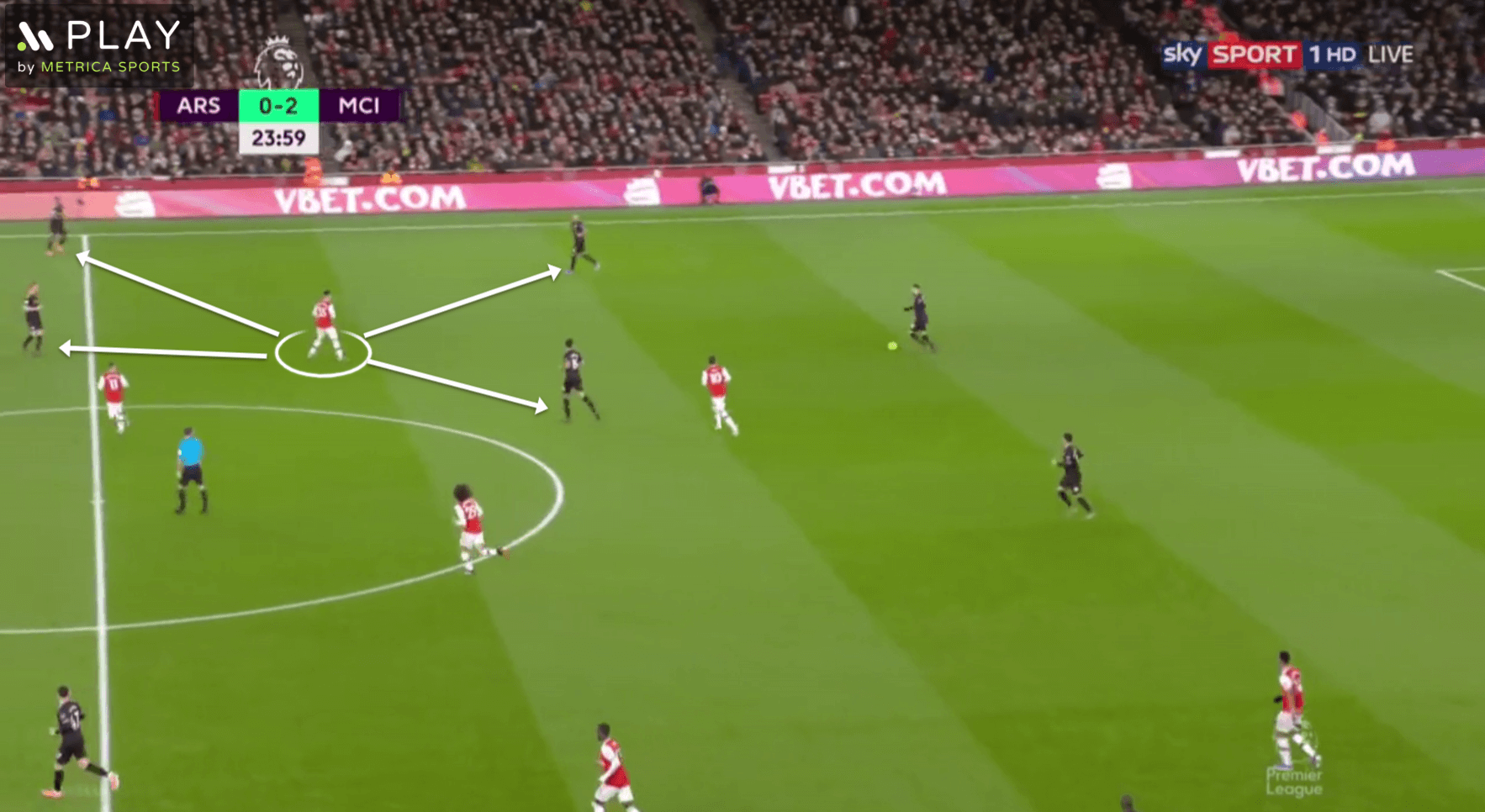
In this example, Martinelli shows impressive positioning. He is not too wide which would open a passing lane towards the player behind him, while also not too far from the opponent’s wide players. It is smart to position himself to cut passing lanes through the middle because if the ball is played towards the wide players his pace allows him to close them down quickly, while allowing a pass through the middle could endanger his team. The next example will show us one situation where the opponent broke through the first line.
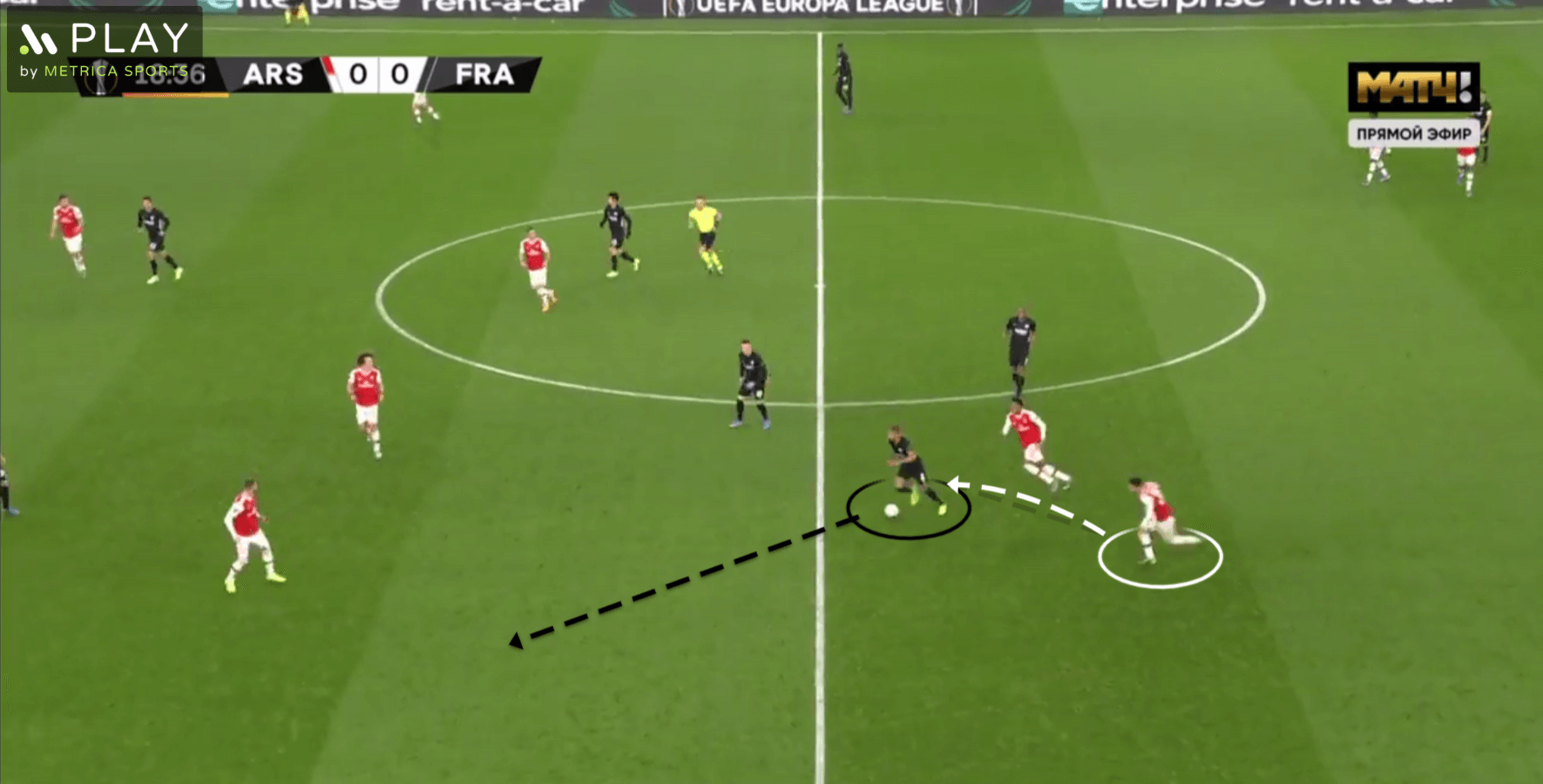
The opposing midfielder dribbles past Joe Willock and makes a run to the side. Martinelli accelerates to track him, but he makes an unusual path going around him before dispossessing him. It is not a rare situation that Martinelli chose a slightly longer path, but it proved effective for him. His pace allows him to quickly arrive into the duel, but the opponent rarely sees it coming as he often arrives from their blindside. It is a big mistake for his opponents to relax thinking that they have enough time with the ball around him, because he never gives up.
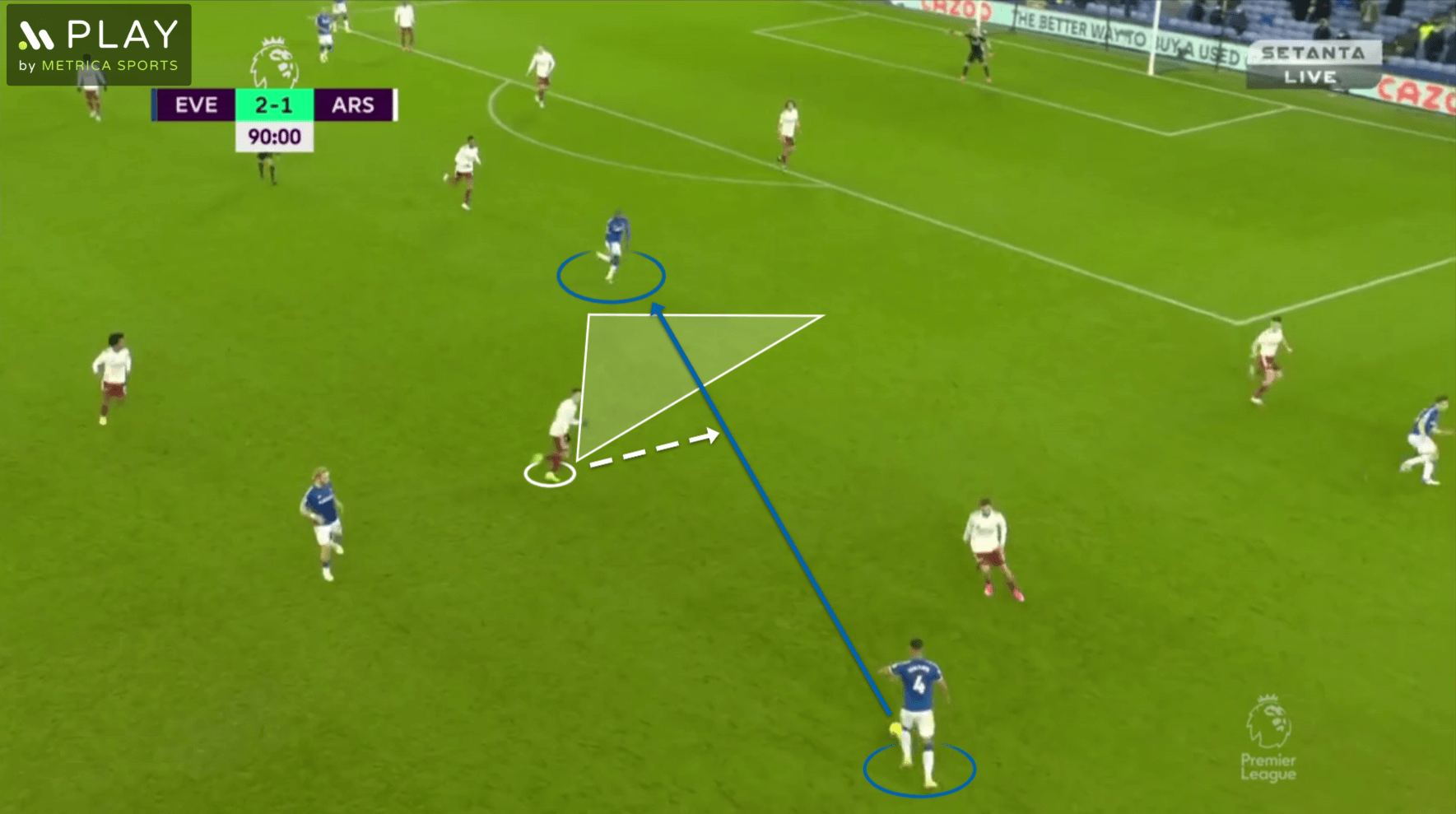
In this example, we can see how he intercepted a dangerous pass in the final third. In this situation, it wasn’t his duty to block the passing lane towards Doucoure, but it was quick thinking and awareness on his part, to react on time and intercept the pass. We can see that if the pass was successful, Doucoure would be in a dangerous position and would have enough time and space to get into the penalty area.
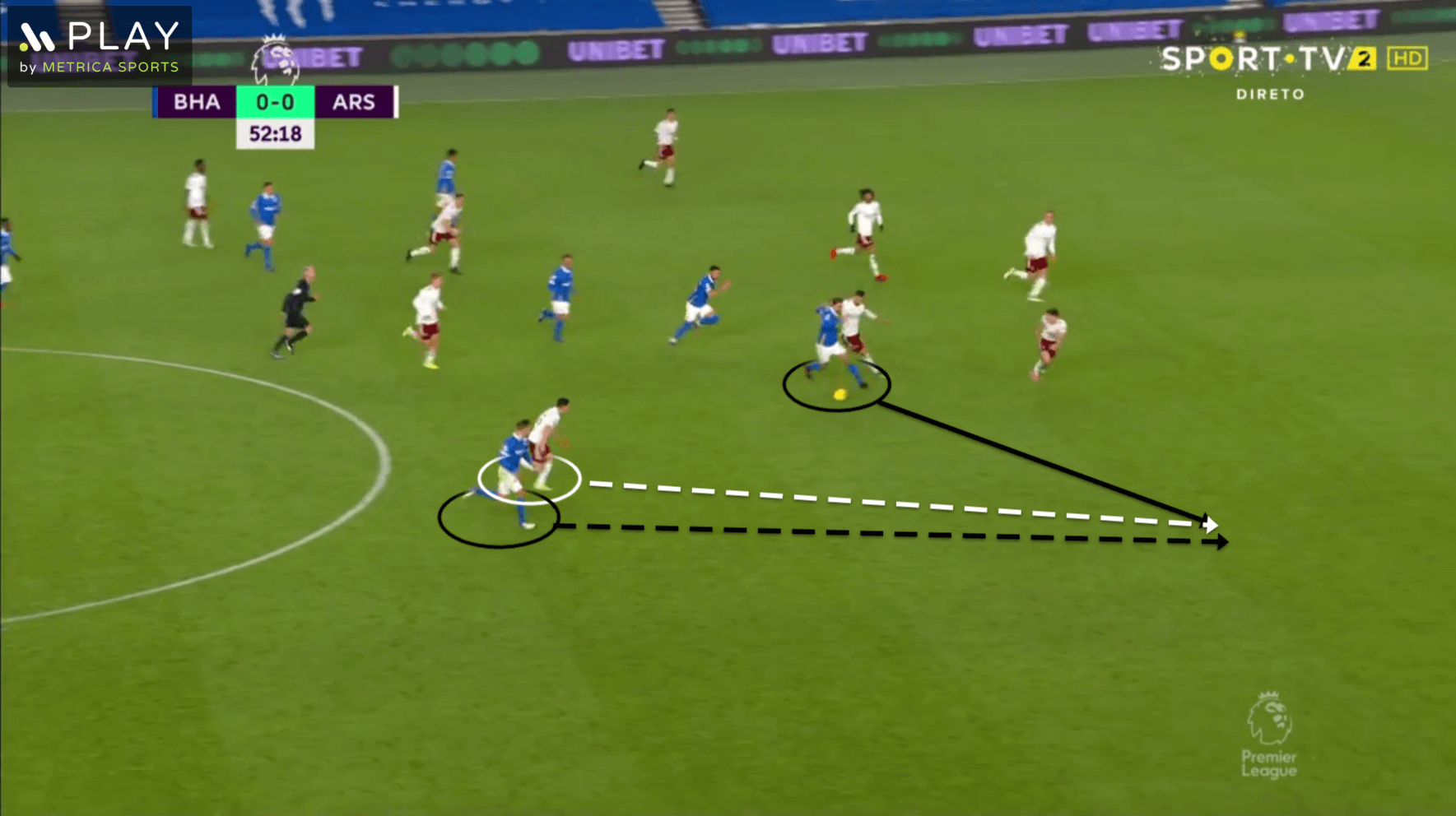
The last situation in this section is how he reacts in defensive transition. Arsenal lost the ball in their own half and Brighton tried to play it quickly to hurt them. Martinelli was aware of the situation and he tracked back in order to cover the opponent’s arriving wide player. The opponent player passed the ball into open space for his teammate, but Martinelli intercepted it with a quality tackle.
The youngster shows a lot of responsibility during the defensive phase, sometimes even more than is expected from him. Martinelli shows that he wants to help his team in defence which is important especially if playing against offensive-minded full-backs. He has the ability to play in high-pressing systems as a winger, but also as a centre-forward.
Weaknesses
What Martinelli needs to improve is his strength and cutting inside with the ball. Strength is the obvious one, he is lean and because of his pace, defenders will try to overpower him in duels before he is able to avoid contact. The Premier League is a physically strong league and he must prepare his body for defenders just enough to deny their initial contact before he overruns them.
Cutting inside is important when he plays on the left-wing. Because he mostly places his shots, he needs to cut inside at least till the penalty area arc which will increase his chances of scoring. Shooting from 22+ metres out won’t produce a lot for him and he needs to make the most of his powerful shooting ability.
Conclusion
It is obvious Martinelli has everything needed to become a star. Hopefully, he will overcome Arsenal’s unstable performances and improve with each match. Jurgen Klopp called him “a talent of the century”, which is a big statement, but Klopp has shown that he can recognise quality youngsters in the past which means that Arsenal have a gem in their team. Martinelli is a spark of hope for those Arsenal fans still reminiscing of past days when the King of Highbury was bringing them joy, and while he has a long way to go before emulating Thierry Henry’s exploits at the club, there is quite a lot of similarity between the two players, and it is now down to both the player and his manager Arteta to get the best out of him.

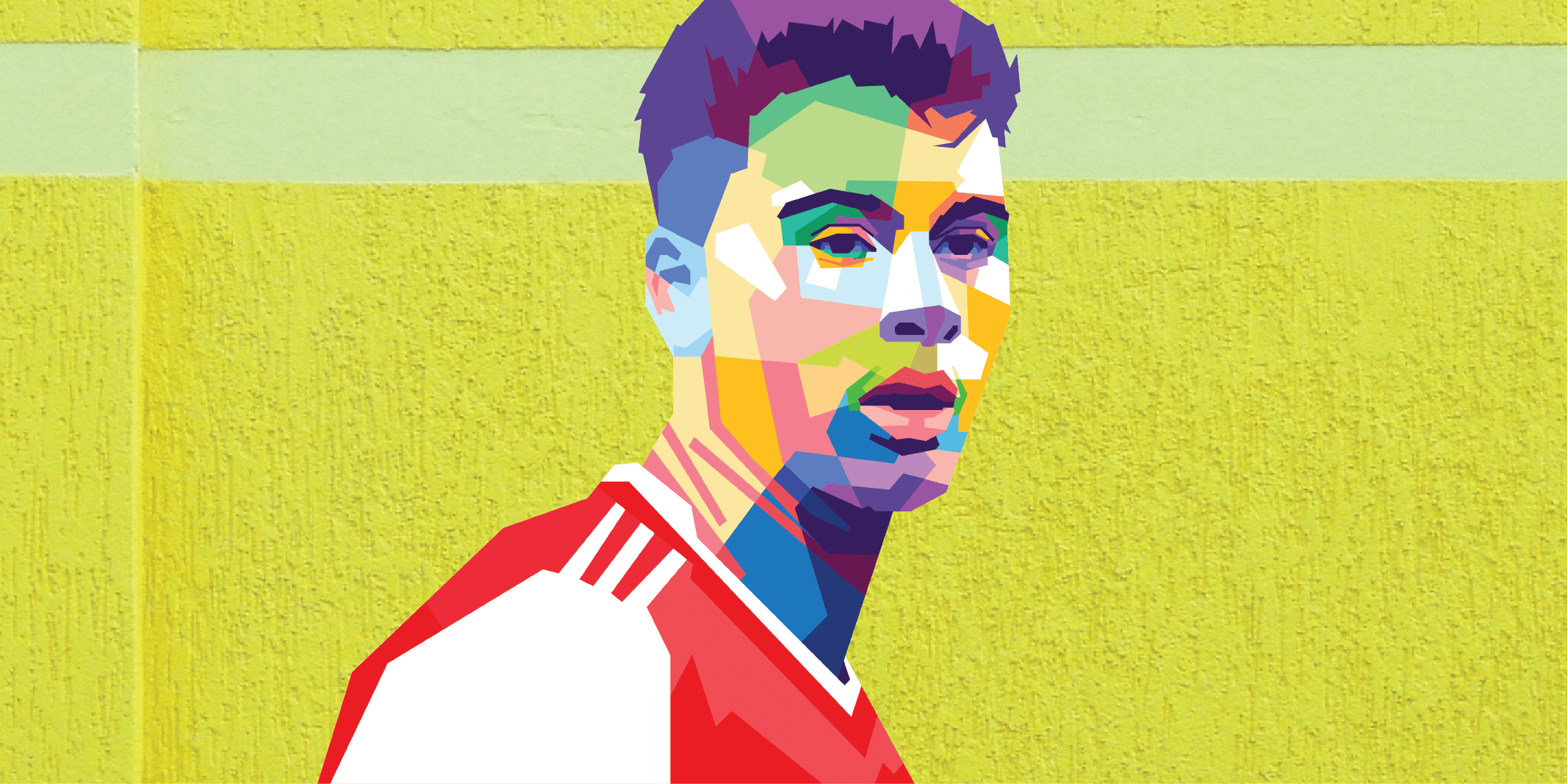
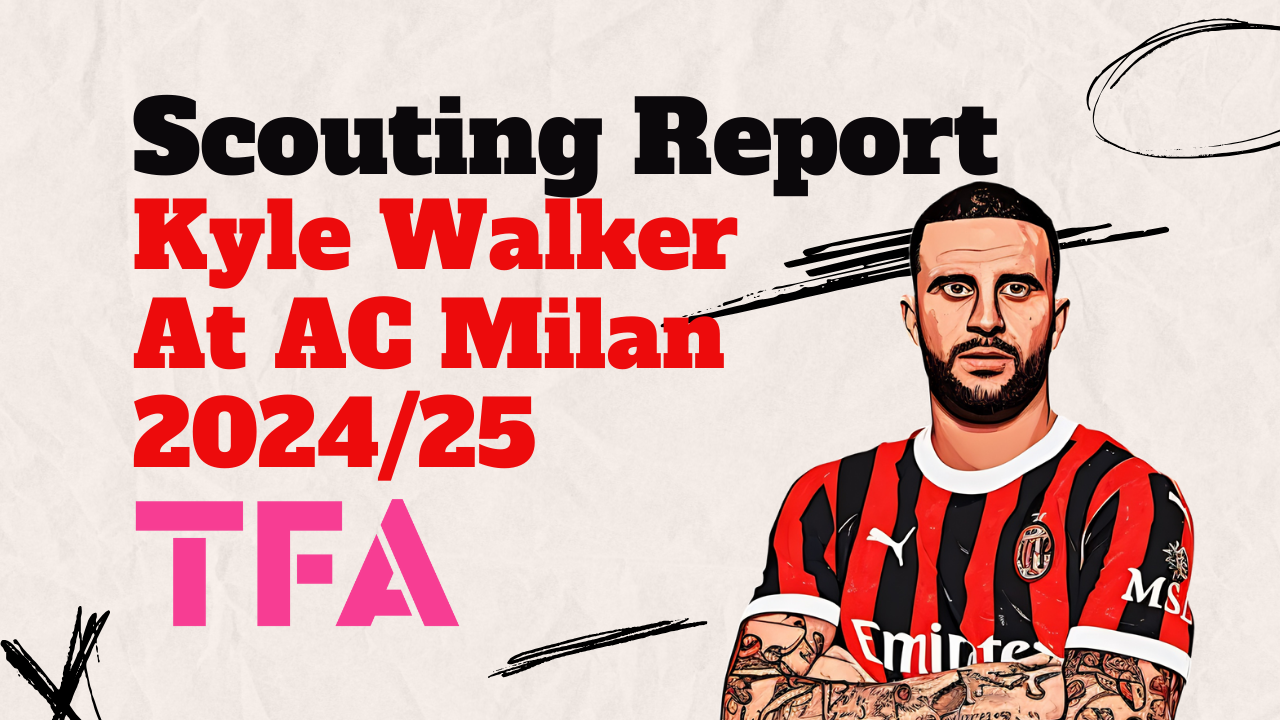
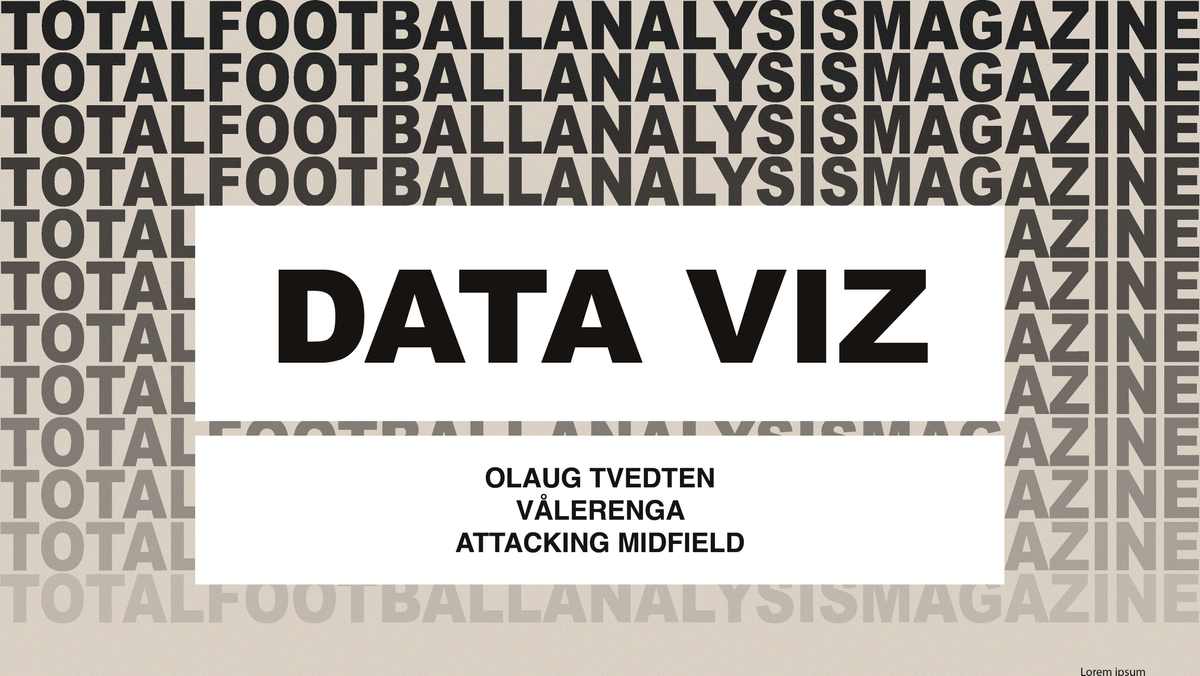
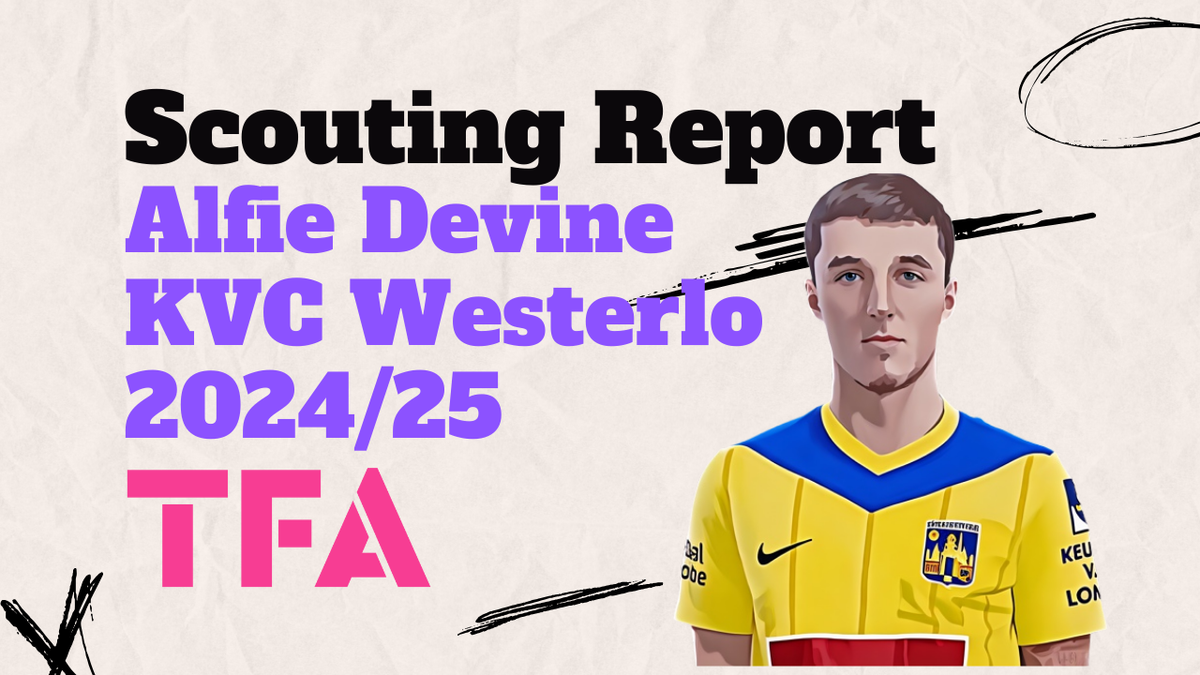
Comments